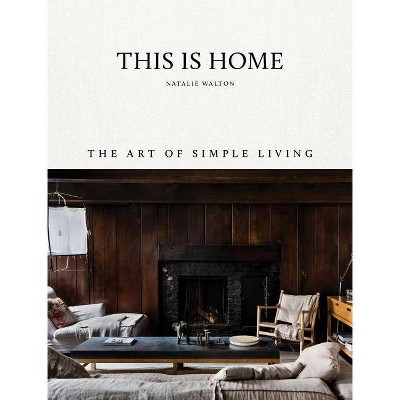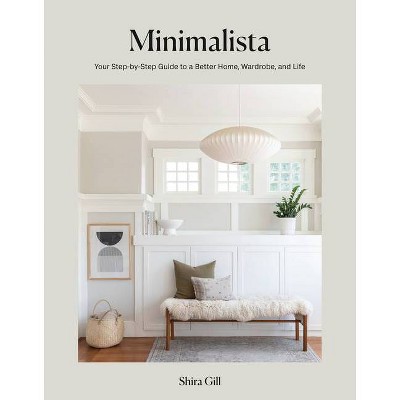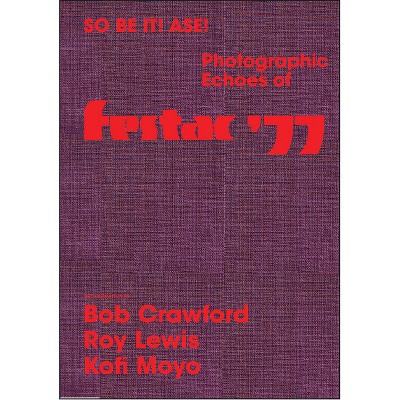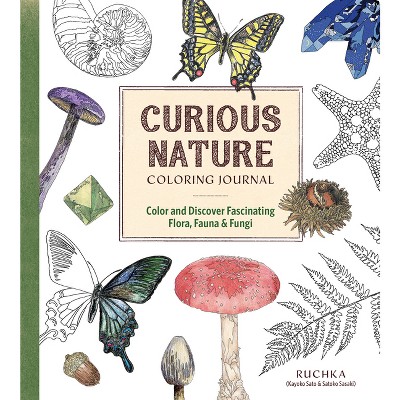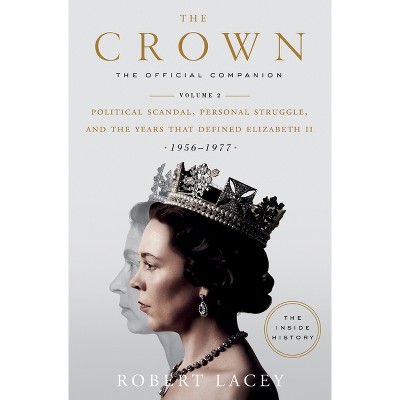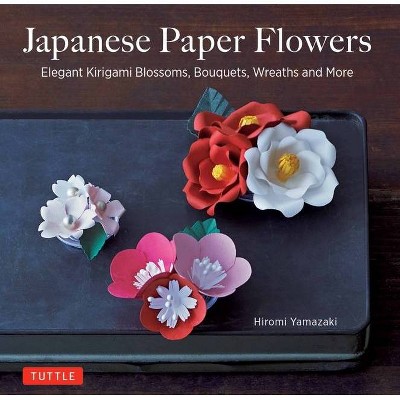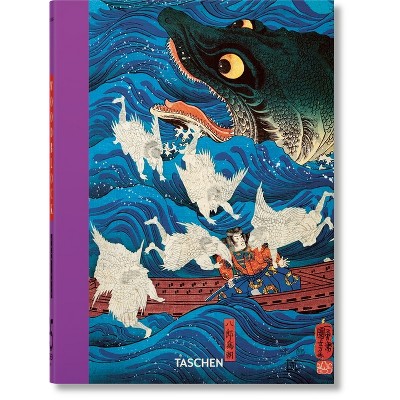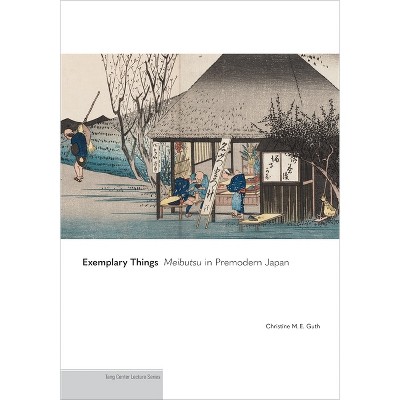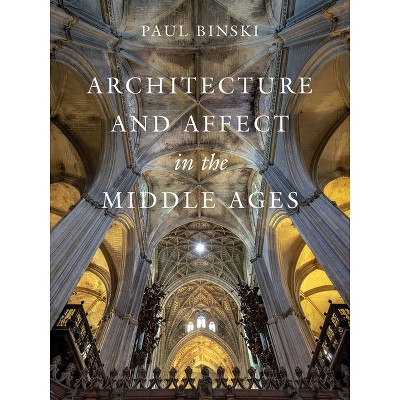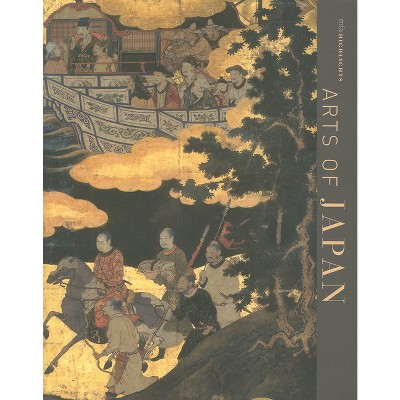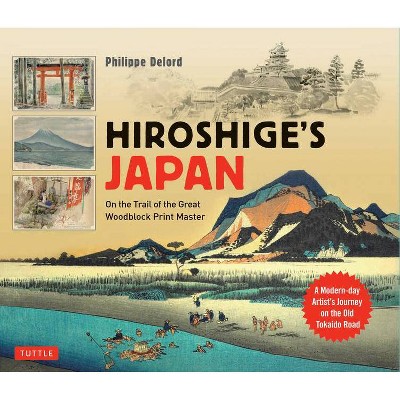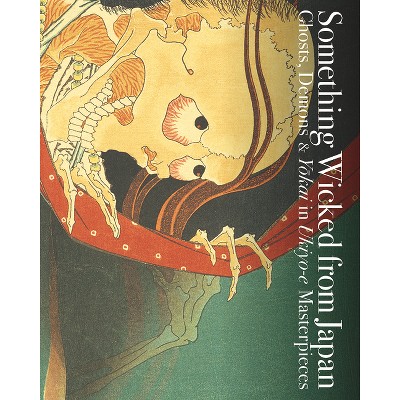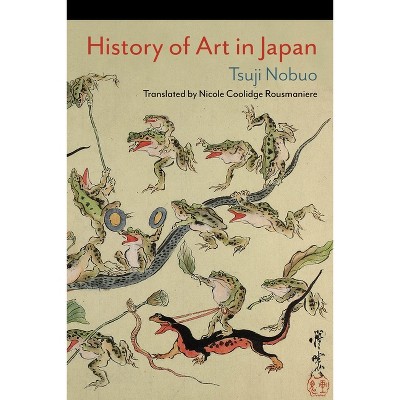Sponsored

Craft Culture in Early Modern Japan - (Franklin D. Murphy Lectures) by Christine M E Guth (Hardcover)
$50.00
In Stock
Eligible for registries and wish lists
Sponsored
About this item
Highlights
- Articles crafted from lacquer, silk, cotton, paper, ceramics, and iron were central to daily life in early modern Japan.
- About the Author: Christine M. E. Guth led the Asian specialism in the Victoria and Albert Museum and Royal College of Art's History of Design Program from 2007 to 2016.
- 264 Pages
- Art, Asian
- Series Name: Franklin D. Murphy Lectures
Description
Book Synopsis
Articles crafted from lacquer, silk, cotton, paper, ceramics, and iron were central to daily life in early modern Japan. They were powerful carriers of knowledge, sociality, and identity, and their facture was a matter of serious concern among makers and consumers alike. In this innovative study, Christine M. E. Guth offers a holistic framework for appreciating the crafts produced in the city and countryside, by celebrity and unknown makers, between the late sixteenth and mid-nineteenth centuries. Her study throws into relief the confluence of often overlooked forces that contributed to Japan's diverse, dynamic, and aesthetically sophisticated artifactual culture. By bringing into dialogue key issues such as natural resources and their management, media representations, gender and workshop organization, embodied knowledge, and innovation, she invites readers to think about Japanese crafts as emerging from cooperative yet competitive expressive environments involving both human and nonhuman forces. A focus on the material, sociological, physiological, and technical aspects of making practices adds to our understanding of early modern crafts by revealing underlying patterns of thought and action within the wider culture of the times.From the Back Cover
"Christine Guth offers a brilliant new perspective on early modern Japanese craft. She shatters the myth of unchanging traditions by demonstrating how craft communities were innovative, well networked, and responsive to sustainability. This astute and engaging study shifts the focus from elite patrons to bring clarity to the networks, materials, and processes of craftmakers."--Sherry Fowler, Professor of Japanese Art History, University of Kansas "This is a field-shifting work. It reflects the author's immense expertise in the historical study of Japanese visual and material cultures and gives us a richer and more multivalent and multisensory understanding of the often essentialized category of 'craft.'"--Gregory Levine, Professor of Art History, University of California, BerkeleyReview Quotes
"Craft Culture in Early Modern Japan transports readers to the realities of the women, men, and groups dedicated to craft in its manifold iterations in the dynamic early modern Japanese world."-- "The Journal of Modern Craft"
"By virtue of both its contents and its form, the book is a welcome addition to the field of early modern Japanese art history that constitutes an original and invaluable resource for scholars and students alike."-- "Project Muse"
"The precise descriptions and accessible prose of this book bely the painstaking research of the material, visual, and textual archives, not to mention the author's deep knowledge of craft theory and the practices of each regional craft for which Japan is famous: carpentry, lacquerware, papermaking, ramie, silk, and cotton textiles, ceramics, and swordsmithy."
-- "Revista de Libros"
"This book is very well conceived so that each chapter introduces a different aspect of how craft culture functioned in society. The writing is clear and jargon-free; packed with insights and information useful for both specialists and non-specialists."
-- "The English Historical Review"
"This is lavish for a such a concise book, and enables the argument to be carried forward by the visual materials. Overall, the study should become essential reading for scholars of early modern Japan and of Japanese art and culture, as well as historians of science and technology in East Asia."-- "H-Net"
"This is a book that brings the past into conversation with the present, inspiring the reader with its insights into possibilities for the future."-- "Monumenta Nipponica"
About the Author
Christine M. E. Guth led the Asian specialism in the Victoria and Albert Museum and Royal College of Art's History of Design Program from 2007 to 2016. Her books include Art, Tea, and Industry: Masuda Takashi and the Mitsui Circle; Art of Edo Japan: The Artist and the City 1615-1868; and Hokusai's Great Wave: Biography of a Global Icon.Dimensions (Overall): 8.3 Inches (H) x 6.3 Inches (W) x .9 Inches (D)
Weight: 1.25 Pounds
Suggested Age: 22 Years and Up
Number of Pages: 264
Genre: Art
Sub-Genre: Asian
Series Title: Franklin D. Murphy Lectures
Publisher: University of California Press
Format: Hardcover
Author: Christine M E Guth
Language: English
Street Date: November 9, 2021
TCIN: 84903398
UPC: 9780520379817
Item Number (DPCI): 247-32-2525
Origin: Made in the USA or Imported
If the item details aren’t accurate or complete, we want to know about it.
Shipping details
Estimated ship dimensions: 0.9 inches length x 6.3 inches width x 8.3 inches height
Estimated ship weight: 1.25 pounds
We regret that this item cannot be shipped to PO Boxes.
This item cannot be shipped to the following locations: American Samoa (see also separate entry under AS), Guam (see also separate entry under GU), Northern Mariana Islands, Puerto Rico (see also separate entry under PR), United States Minor Outlying Islands, Virgin Islands, U.S., APO/FPO
Return details
This item can be returned to any Target store or Target.com.
This item must be returned within 90 days of the date it was purchased in store, shipped, delivered by a Shipt shopper, or made ready for pickup.
See the return policy for complete information.
